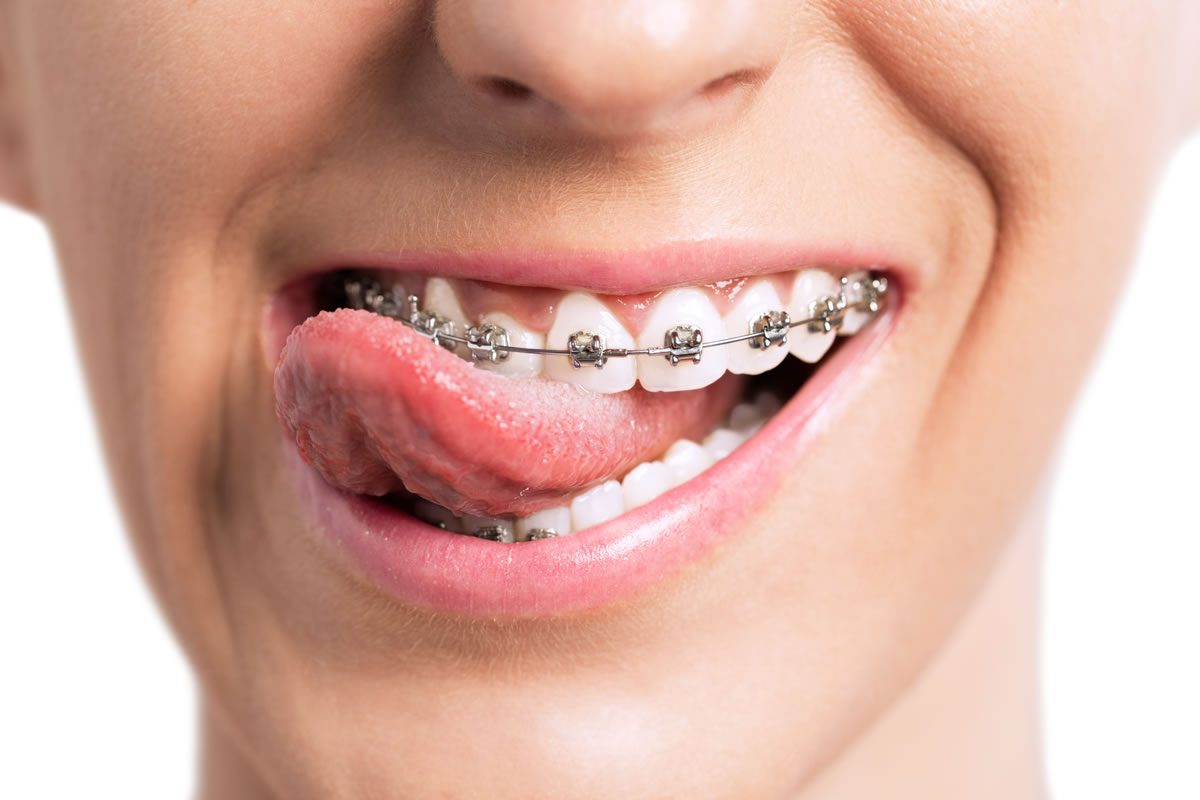Little Known Facts About Causey Orthodontics.
Table of ContentsSome Known Details About Causey Orthodontics Unknown Facts About Causey OrthodonticsGet This Report on Causey OrthodonticsAll About Causey OrthodonticsNot known Incorrect Statements About Causey Orthodontics
Overlooking occlusal connections, it was common to remove teeth for a selection of oral issues, such as malalignment or overcrowding. The idea of an intact teeth was not commonly appreciated in those days, making bite relationships seem irrelevant. In the late 1800s, the principle of occlusion was necessary for creating dependable prosthetic substitute teeth.As these ideas of prosthetic occlusion progressed, it came to be a very useful tool for dental care. It was in 1890 that the work and effect of Dr. Edwards H. Angle started to be felt, with his payment to contemporary orthodontics particularly significant. Focused on prosthodontics, he educated in Pennsylvania and Minnesota before guiding his focus towards dental occlusion and the therapies required to maintain it as a typical condition, therefore coming to be known as the "daddy of modern-day orthodontics".

The principle of excellent occlusion, as proposed by Angle and integrated into a classification system, enabled a change in the direction of treating malocclusion, which is any deviation from regular occlusion. Having a complete set of teeth on both arches was very demanded in orthodontic therapy because of the requirement for exact partnerships in between them.
The smart Trick of Causey Orthodontics That Nobody is Talking About
As occlusion became the key concern, face proportions and visual appeals were neglected - best orthodontist near me. To attain perfect occlusals without making use of external forces, Angle proposed that having perfect occlusion was the very best means to acquire optimal face visual appeals. With the passing away of time, it became rather noticeable that also a phenomenal occlusion was not appropriate when taken into consideration from a visual viewpoint
Charles Tweed in America and Raymond Begg in Australia (that both researched under Angle) re-introduced dentistry extraction into orthodontics during the 1940s and 1950s so they might enhance face esthetics while additionally making certain better security worrying occlusal relationships. In the postwar period, cephalometric radiography begun to be used by orthodontists for measuring modifications in tooth and jaw setting triggered by growth and treatment. It ended up being apparent that orthodontic therapy could change mandibular development, resulting in the formation of functional jaw orthopedics in Europe and extraoral pressure actions in the United States. Nowadays, both useful devices and extraoral gadgets are used around the world with the goal of modifying development patterns and types. Subsequently, going after real, or a minimum of boosted, jaw connections had come to be the major purpose of therapy by the mid-20th century.
Causey Orthodontics Things To Know Before You Buy
 The American Journal of Orthodontics was produced for this purpose in 1915; prior to it, there were no scientific purposes to follow, neither any type of accurate classification system and braces that did not have attributes. Up until the mid-1970s, braces were made by covering metal around each tooth. With advancements in adhesives, it ended up being possible to rather bond metal braces to the teeth.
The American Journal of Orthodontics was produced for this purpose in 1915; prior to it, there were no scientific purposes to follow, neither any type of accurate classification system and braces that did not have attributes. Up until the mid-1970s, braces were made by covering metal around each tooth. With advancements in adhesives, it ended up being possible to rather bond metal braces to the teeth.This has had purposeful results on orthodontic therapies that are administered on a regular basis, and these are: 1. Proper interarchal relationships 2. Right crown angulation (idea) 3.
The benefit of the design exists in its brace and archwire mix, which calls for only minimal cable bending from the orthodontist or clinician (family orthodontics). It's aptly named after this function: the angle of the port and density of the brace base ultimately identify where each tooth is positioned with little demand for added control
More About Causey Orthodontics
Both of these systems used the same brackets for each and every tooth and demanded the bending of an archwire in 3 airplanes for locating teeth in their wanted settings, with these bends dictating utmost placements. When it comes to orthodontic home appliances, they are split right into two kinds: removable and fixed. Detachable appliances can be handled and off by the person as needed.

Hence, nearly all contemporary set home appliances can be thought about variations on this edgewise appliance system. Early 20th-century orthodontist Edward Angle made a significant payment to the world of dentistry. He developed four distinct appliance systems that have actually been utilized as the basis for numerous orthodontic treatments today, preventing a couple of exemptions.
Top Guidelines Of Causey Orthodontics

The cable ended in a string, and to relocate it ahead, an adjustable nut was made use of, which permitted a boost in circumference. By ligation, each specific tooth was connected to this extensive archwire (Causey Orthodontics). As a result of its restricted variety of activity, Angle was not able to achieve specific tooth positioning with an E-arch
These tubes held a soldered pin, which can be repositioned at each consultation in order to move them in position. Referred to as the "bone-growing home appliance", this gizmo was thought to encourage much healthier bone growth due to its possibility for transferring pressure directly to the origins. Nonetheless, executing it showed troublesome in fact.